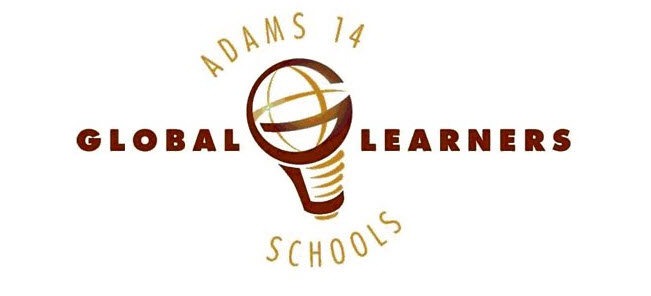 (Cross posted on my blog) I taught a lesson on the SmartBoard a few weeks ago on creating large arrays out of 2-digit by 2-digit multiplication problems. The lesson was an accessible algorithm from the Houghton-Mifflen math series that we are piloting in my grade level. We are also teaching multiplication in the traditional way, but this was an opportunity for me to approach the same old lesson in a new way.
(Cross posted on my blog) I taught a lesson on the SmartBoard a few weeks ago on creating large arrays out of 2-digit by 2-digit multiplication problems. The lesson was an accessible algorithm from the Houghton-Mifflen math series that we are piloting in my grade level. We are also teaching multiplication in the traditional way, but this was an opportunity for me to approach the same old lesson in a new way.I was very skeptical about this lesson. It began with direct instruction with the whole group. The next day, I worked with individual students on creating arrays with 2-digit by 1-digit problems (the 2x2 problems were a little too much at the outset). I was blown away by how quickly some of my struggling students "got it". I grabbed the digital camera and started recording. Later, I had another struggling student demonstrate the process for the class on the SmartBoard. This was also an attempt to model "math talk" where students talk through the problem, and then their peers ask them clarifying questions. This is very much a work in progress. The old ways are very hard to change for both students and their teacher.
I am very pleased with how the lesson went. I think it served as an alternative method for reaching students who otherwise may not have been able to access the skill. It was also a way for students who already knew the "traditional" method to extend their knowledge by representing the problem in a different way.
I posted the video and the SIOP lesson plan on the Global Learner Wiki.


3 comments:
Hi Jeff,
That was a very well-done lesson. I am excited that I may be seeing those kids in my classroom in a few years. Here are some thoughts that crossed my mind:
* I was surprised to hear the word "array" used in this process. I don't think I have seen it in the high school level standards. Since I use the same area model for multiplying binomials it might be helpful to use that term to connect my use of the model to yours.
* How do you plan to extend that process to multiplying two digit numbers higher than 40 when there is not enough space on your grid? I can see how it might be a tricky jump to conceptualize partial products and assign a variable to a rectangle (as in the 30 *
8 rectangle changed to X * 8 rectangle) then giving it a "value" rather than an actual count of spaces. I think that might be the foundation on which to build the idea of a variable.
TD
@tdeaguero
It's been a long time since I have been in algebra class. These terms are like long lost friends, their names sound familiar but...
I don't plan on extending this lesson beyond 40. My real goal was to give a visual to the multiplication problem that they would recognize that the concept is the same. They do lots of simple arrays in third grade so this lesson connected that information for them.
It would be interesting to hear how you approach the same lesson at your level using variables.
Jeff,
I just watched the video. That was an amazing use of the SmartBoard to capture and share what you did in class! Plus, you edited together the video of student practice and the students teaching. This is a great example of teaching and learning.
Thanks for doing this awesome project and sharing it with the world!
Joe
Post a Comment